12 Boats That Seem Like a Good Idea Until You Own One
Sure, buying a boat feels like signing up for sun-drenched freedom and living your open-water dream, but some vessels turn that dream into a dockside disaster as soon as ownership reveals a list of headaches.
Here are the most troublesome boats that you will regret buying.
Garage Finds That Sat Too Long
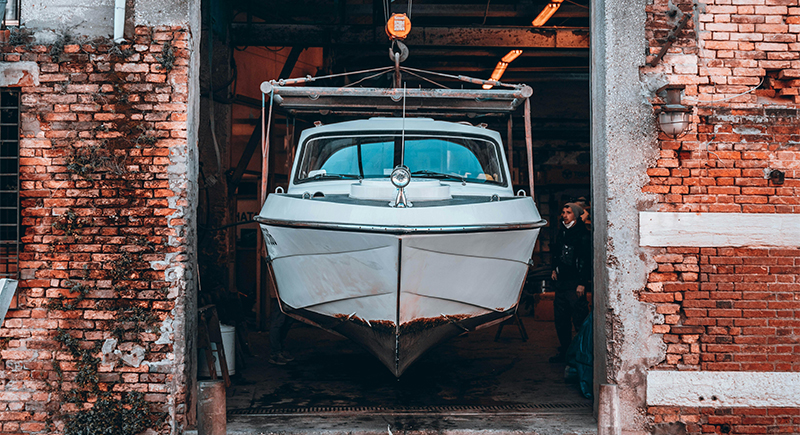
Credit: pexels
A boat that’s been idle for years is more risk than reward. Seals dry out, fuel systems degrade, cables seize, and water pumps fail. The main focus here is the absence of motion. Unless you’re ready for a full restoration, steer clear of these time capsules.
Boats with Evinrude G2 Engines
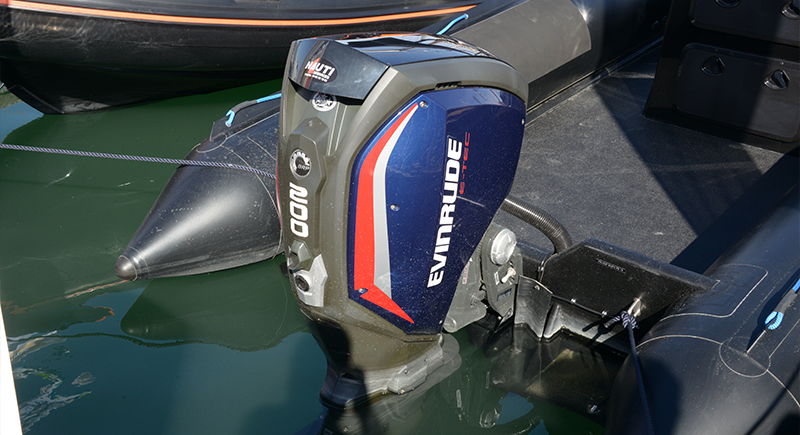
Credit: Wikimedia Commons
These boats look and feel completely futuristic, but in reality, they could be a trap. Their engines may look amazing, but with Evinrude shutting down production entirely, parts are scarce, and support is unreliable. Eventually, they turn into liabilities.
First Generation of Any New Boat or Engine
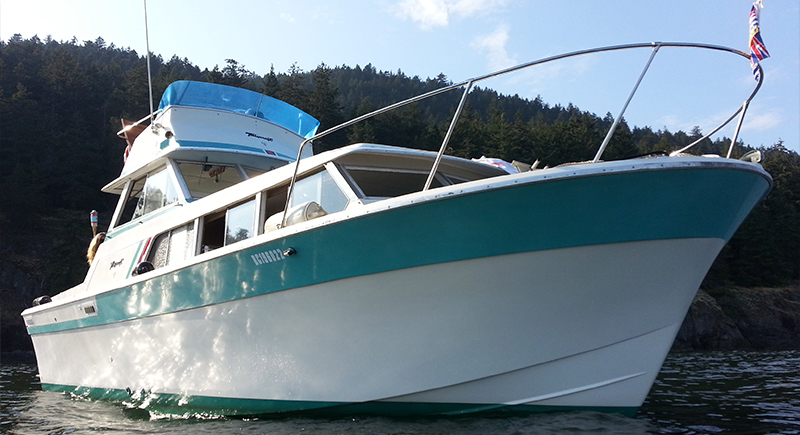
Credit: Wikimedia Commons
Early adopters, beware. Whether it’s a hull design or a new engine tech like the Rotax jet, version 1.0 is rarely smooth sailing. These models hit the market before their flaws are fully understood. Let others be the guinea pigs. You want version 2.3 with the bugs worked out.
Sunken Boats, Even Briefly
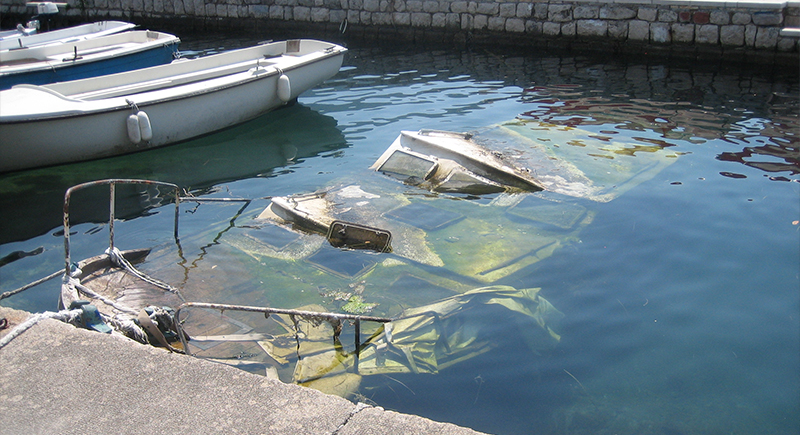
Credit: Wikimedia Commons
When a boat sinks, water reaches places it shouldn’t and causes lasting damage. Corrosion spreads, electronics fail, and rot sets in. Even a boat that flooded while parked on its trailer can turn into a long-term nightmare.
Boats with Oversized Towers or Modifications

Credit: Getty Images
They might look cool at the dock, but giant towers, radar arches, or T-tops can cause more trouble than they’re worth. Some are way too heavy for the hull, which throws off the balance and makes the boat harder to handle. Others are too tall to fit under bridges or into a garage. If it looks overbuilt for the boat, it probably is, and that cool factor fades fast.
Boats with Volvo XDP Drives
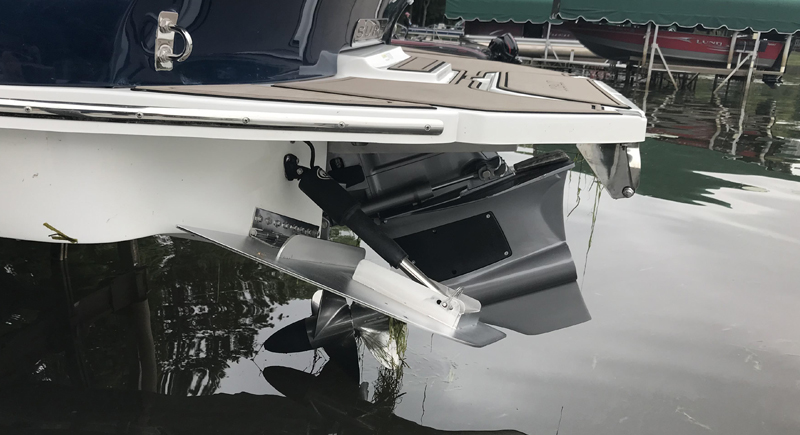
Credit: Reddit
Once hyped as the future, these composite drives are now avoided by most technicians. Volvo dropped support after years of issues, and the aftermarket isn’t much better. Even if you get it running, the resale value drops dramatically the moment buyers see “XDP.”
Old Cruisers with No Survey
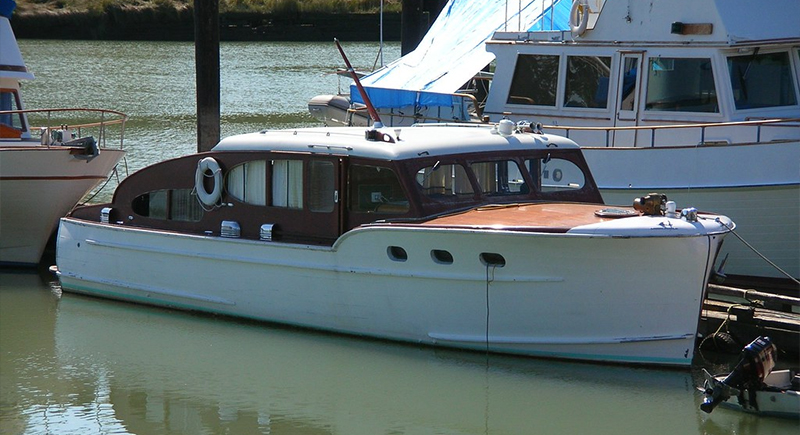
Credit: flickr
Cheap cabin cruisers often come with creepy surprises. Systems like air conditioning, toilets, water heaters, and generators may be outdated or inaccessible for repairs. Without a professional survey, it’s easy to underestimate what it’ll cost to make them livable—or even functional.
Boats with Extremely High or Low Engine Hours
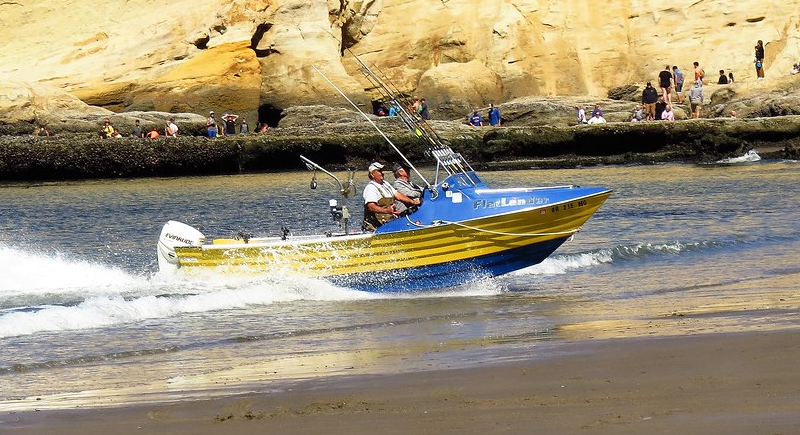
Credit: flickr
Both extremes signal trouble. Too many hours can mean the engine’s near the end of its useful life. Too few, and you’re dealing with stale fuel, dried seals, and internal corrosion from disuse. Consistent, moderate use is far more reassuring.
Soft Floors Hiding Waterlogged Foam

Credit: Getty Images
If the deck feels squishy, it probably is. Water rots wood and soaks the foam core underneath and turns your boat into a heavy, creaky mess. That bounce on the floor is a clue that the boat has deeper problems underfoot.
Jet Boats from the Early 2000s
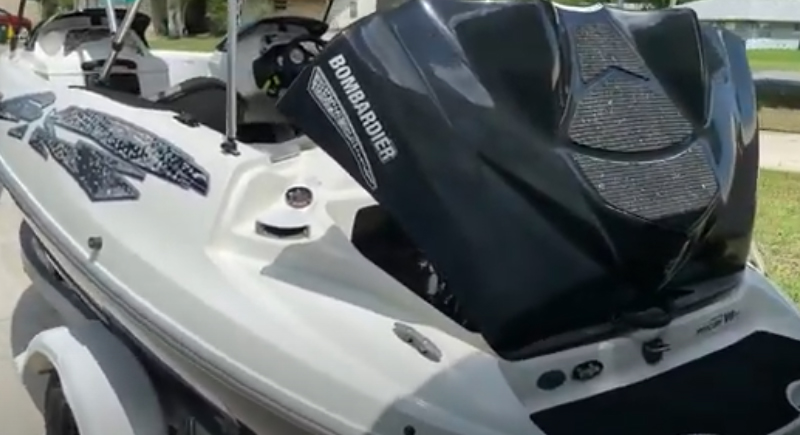
Credit: Youtube
This boat is cool on the surface, but chaos is underneath. Jet boats from the early 2000s often came with two-stroke engines, limited parts availability, and mechanics who’ve seen enough of them to say, “No thanks.” Unless you already know the quirks, you’re better off skipping these turbo-teasers.
Boats with OMC Stringer Drives

Credit: Youtube
Once common, these drives are now obsolete. Mechanics who understand them are nearly extinct, and parts are even scarcer. Even owners with solid mechanical skills often give up. If you see one, walk away unless you’re prepared for endless sourcing and repair challenges.
Any Boat with a Force Outboard
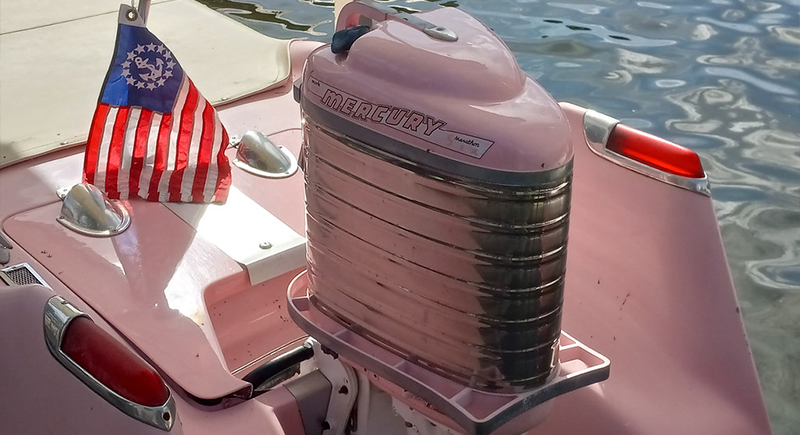
Credit: flickr
When they run, they run. When they don’t, they really don’t. Force outboards are notoriously sensitive, and most mechanics won’t even touch them. Even a small tweak can throw everything off.
Boats with Expired Registration or Back Taxes
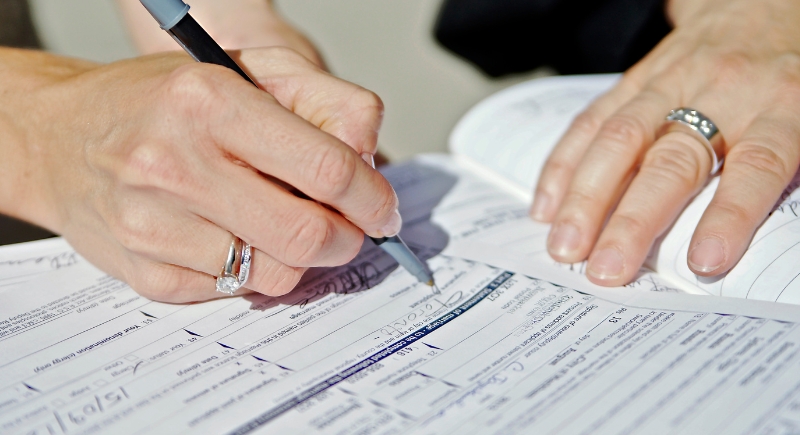
Credit: Getty Images
If a boat’s registration has expired, you may incur unpaid fees or property taxes. Even though the law doesn’t hold you liable, some states won’t reissue registration until all debts are cleared. The seller walks away clean, and you’re stuck in a paperwork mess.
Boats with Title Mismatches
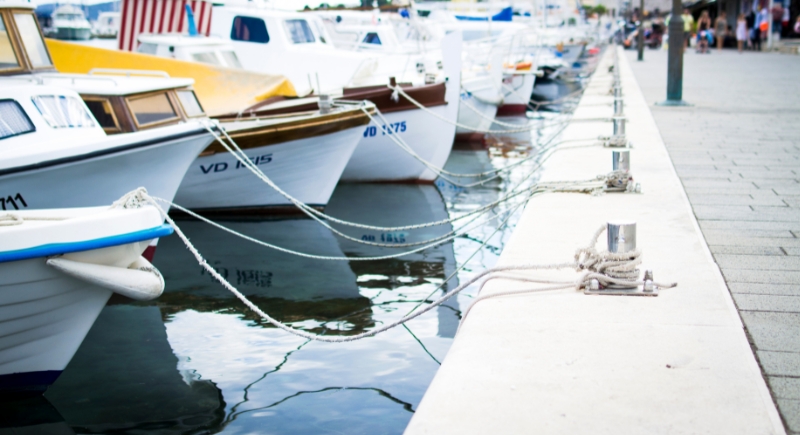
Credit: pexels
Double titles, missing names, serial number mysteries—welcome to DMV purgatory. Boats sold separately from their trailers, mismatched owners, or untitled motors can all create massive registration headaches. You’ll spend more time chasing documents than cruising.
Boats with SEI Aftermarket Lower Units
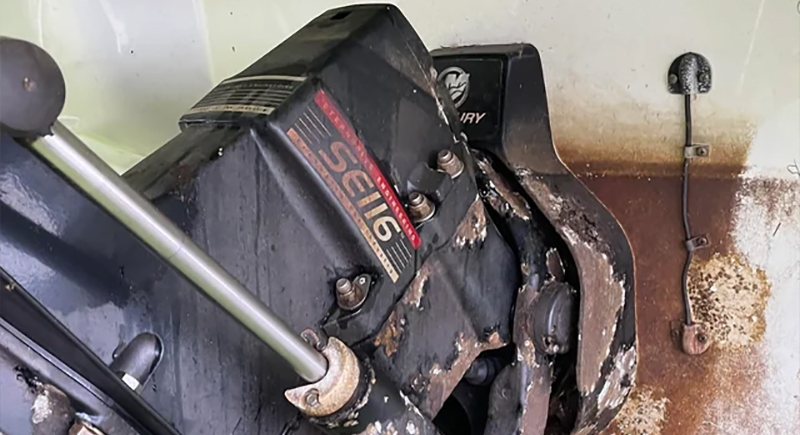
Credit: Reddit
SEI units are cheaper replacements for damaged OEM drives. Those savings can signal a bigger issue: an owner who cuts corners. If they skimped on the lower unit, what else would they have bought on the cheap? This also affects resale, and it is often not in your favor.
Older Boats With Wood‑backed Transoms
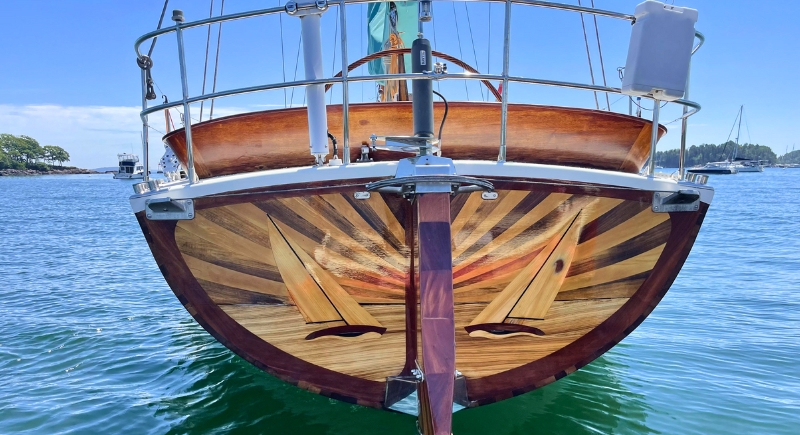
Credit: Reddit
A wooden transom adds vintage appeal until skin‑deep rot sets in. Moisture sneaks between layers, leaving a hollow sound when tapped and hidden degradation that can lead to engine misalignment or failure. Repair often means gutting and replacing it with marine plywood, which costs $1K to $3K in materials. Unless you’re ready for serious restoration, this nostalgia can cost more than it’s worth.
Imported Boats With No U.S. Support
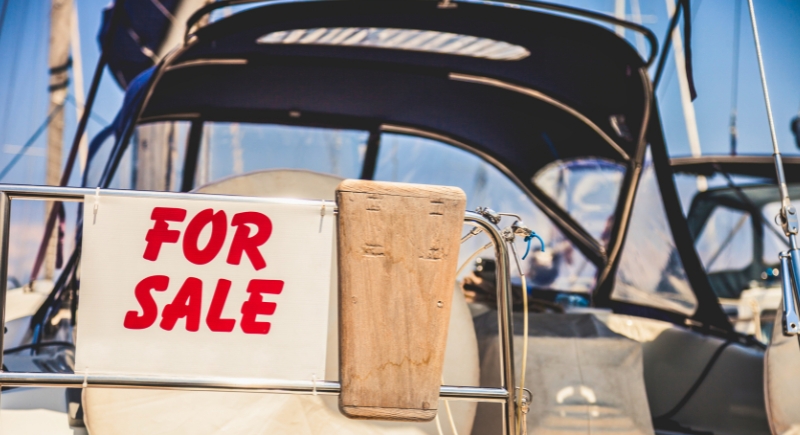
Credit: Getty Images
Buying imported boats without U.S. support seems exotic until you need parts or warranty help. Customs confusion, high tariffs (up to 245% for Chinese models and 10% for EU vessels), and no local dealers mean you’re stuck sourcing components from overseas. Unless you’re ready to navigate international red tape and wait weeks for parts, these boats are a hassle.